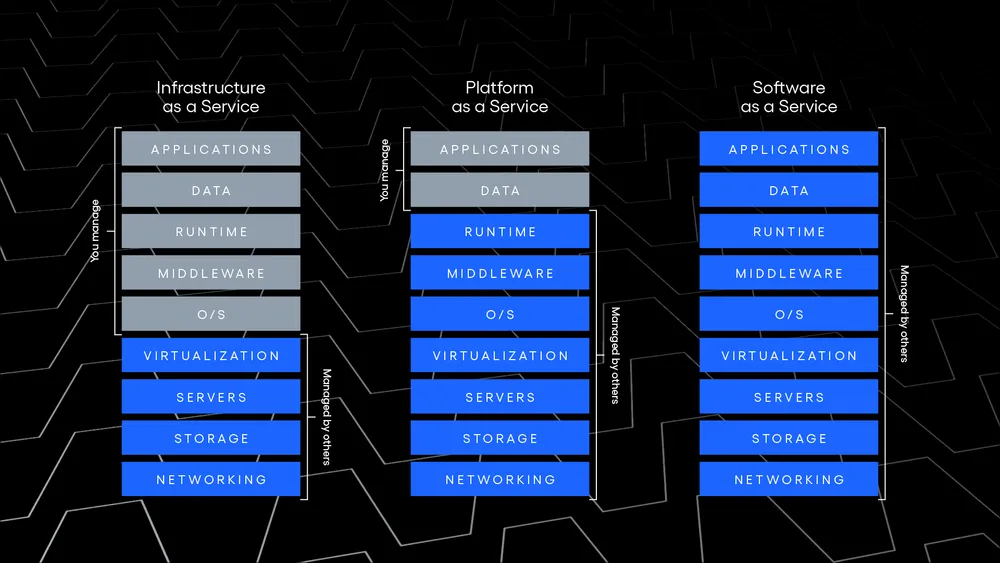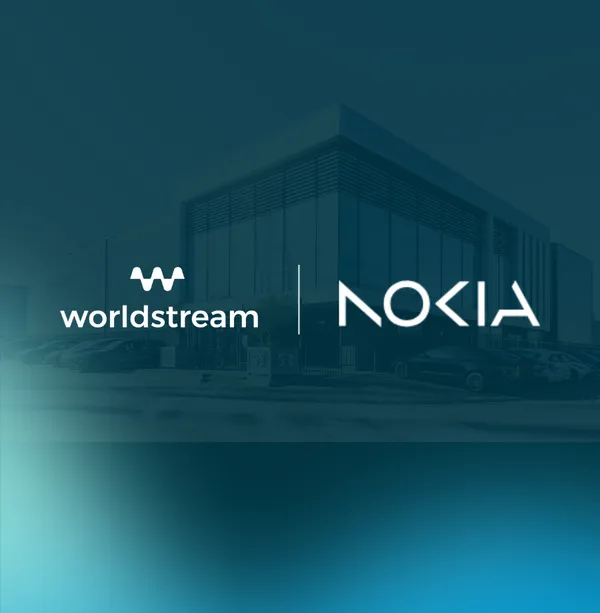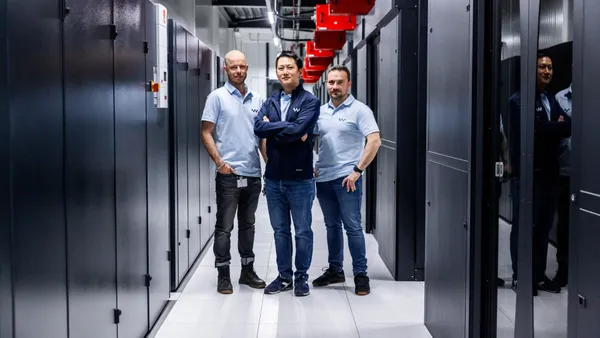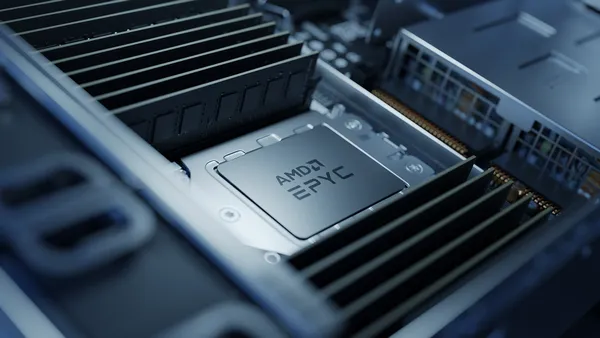IaaS and the rise of As-a-Service

Knowledge blog

Nowadays it seems as if every letter of the alphabet has its own “as-a-Service” model. The emergence of these IT service models has been around for some time, however all kinds of related services are slowly getting their own abbreviation. DRaaS, STaaS and DBaaS fall under the so-called XaaS thinking. The X in this category can stand for anything, thus anything as a service. Before we get into specific service models, let’s explain the three most common models that dominate the IT landscape. Namely, IaaS, PaaS and SaaS.
Infrastructure as-a-Service
Terms like IaaS, PaaS and SaaS are household names within the IT landscape. But have you ever thought about the actual definition of these different terms? Let’s explain exactly what an IaaS provider is, in order to understand the related service models. This will make the differences between IaaS, PaaS, or SaaS providers crystal clear.
Given that the IT landscape is always evolving, this article may not provide a complete picture in the long term. It provides guidance on whether you should choose an IaaS, PaaS or SaaS provider. So that your IT services can be aligned with the right service model. Only when you have a clear picture of what an Infrastructure as a Service provider can offer, can you make a well-considered decision. So you can shift your focus to the core of your organization. And the IT department can seamlessly integrate its knowledge with the provider’s expertise.
Very strictly speaking, offering Infrastructure as-a-Service, or IaaS for short, is making fundamental computing resources, like storage and networks available as a service. Generally speaking, this is offered on a fixed price per month. The result is that organizations can develop and run software as they wish. These examples of software include but are not limited to operating systems, applications and data management. The IaaS provider is responsible for the data center facilities including the storage, compute, and network layer. So that the entire infrastructure, or technical backbone of an organization, can be purchased as flexible as possible. Without having to invest in equipment and knowledge yourself.
The IaaS service model
- Physical machines such as dedicated servers are deployable for necessary computing.
- Storage, facilitating data archiving, and backups.
- Network management, including routing, interconnectivity, and uptime guarantee.
Platform as-a-Service
With PaaS, as the name suggests there is a complete platform available in which IT services can be developed and exist. The services developed on such a platform are usually the product of a so-called SaaS provider.
Platform as a Service is a cloud service model that can be described as offering an environment (platform) where software applications can be developed, tested, delivered and managed. The basis is a cloud infrastructure that can be used by the user, usually developers, to quickly implement applications. The advantage is that the user does not have to worry about managing, controlling, or securing the underlying cloud infrastructure. The network, the physical servers, operating systems, or storage are not visible. There is control over the implemented applications and possibly configuration settings for the environment where the application is hosted. PaaS is designed so that you can easily and quickly host mobile apps or web applications, without having to set up and maintain an entire infrastructure for it. In short you only have to deal with application management & data management.
Software-as-a-Service
When we discuss software as a Service (SaaS), we are generally talking about parties that offer applications (software) that ultimately lean on a cloud infrastructure. Often on a subscription basis. These applications are accessed from, for example, a web browser (such as web-based email), or an application interface. The provider usually does not manage or control the underlying cloud infrastructure. Examples of well-known SaaS providers are Freshworks, Adobe, and Zoom.
With a SaaS company, you (usually) don’t have to worry about:
- Application management
- Data management
- Runtime management
- Middleware
- Operating system
- Server Virtualization
- Server Management
- Storage Management
- Network management
The choice between IaaS, PaaS and SaaS
When an organization switches to a service model such as IaaS, PaaS or SaaS, the main reason seems to be moving from capital expenses and towards operational expenses. Or in other words, a fixed cost per month. Ask yourself: where does my knowledge lie as an organization? Then you can use the above to make an informed decision. So that the knowledge of your IT department coexists with the promises of said service model. In addition, another dimension plays a major role, namely where your competition is heading. Gartner predicts that the global market for IaaS will grow to $106.8 billion in 2022. For SaaS and PaaS, that’s $145.37 and $71.5 billion respectively (rounded). In short, with a fitting strategy, it can help bring in new partners, cut costs, and give you a competitive advantage.
About our Infrastructure-as-a-Service offering
As an IaaS provider, Worldstream has as many as twelve IT solutions and offers dedicated servers. The entire service offering is fully customizable. Currently, its own state-of-the-art data centers houses more than 15,000 dedicated servers in Naaldwijk. Worldstream also boasts a worldwide network backbone, where the maximum network utilization is only 45 percent, to provide customers with optimal scalability and protection for their IT infrastructures.
Worldstream’s services are aimed at providing customized advice in order to determine which components are required to realize the objectives of organizations. As we believe that every organization is unique and has different needs.
We have 15 years of knowledge of and experience with data centers, servers and network management. The result is more than 15,000 dedicated servers distributed across two of our own data centers through sister company Greenhouse Datacenters. In addition, Worldstream uses locations in Frankfurt and Amsterdam. High-quality IT infrastructure that is flexible and affordable. Underlined by a Net Promoter Score of 74 (NPS/US) and satisfaction rating of no less than 9.6. These services, as the name suggests, are built on an “as-a-Service” model. We offer storage solutions such as Block Storage and Object Storage, FwaaS, Private Cloud and the fully proprietary Cluster-as-a-Service (ClaaS).
Curious about the solutions offered by Worldstream IT Infrastructures? Discover all solutions here.
You might also like:
- Does switching to the cloud complement your IT infrastructure?
- Are Dedicated Servers Still Relevant? We Give 6 Reasons.
- Want to know the difference between managed and unmanaged FWaaS?
Have a question for the editor of this article? You can reach us here.

Latest blogs
CPU Steal Time on a VPS: How to Spot Contention and Decide on Dedicated
Knowledge blog

The Ultimate Gaming Latency Guide: How to Eliminate Lag and Maximize FPS
Knowledge blog

Growing smarter with less maintenance

Knowledge blog

Worldstream and Nokia Join Forces for Next-Gen DDoS Protection

News

Worldstream unveils new positioning and offers customers more control over their digital infrastructure

News

5th Gen AMD EPYC 9355P – Now Live at Worldstream

News
